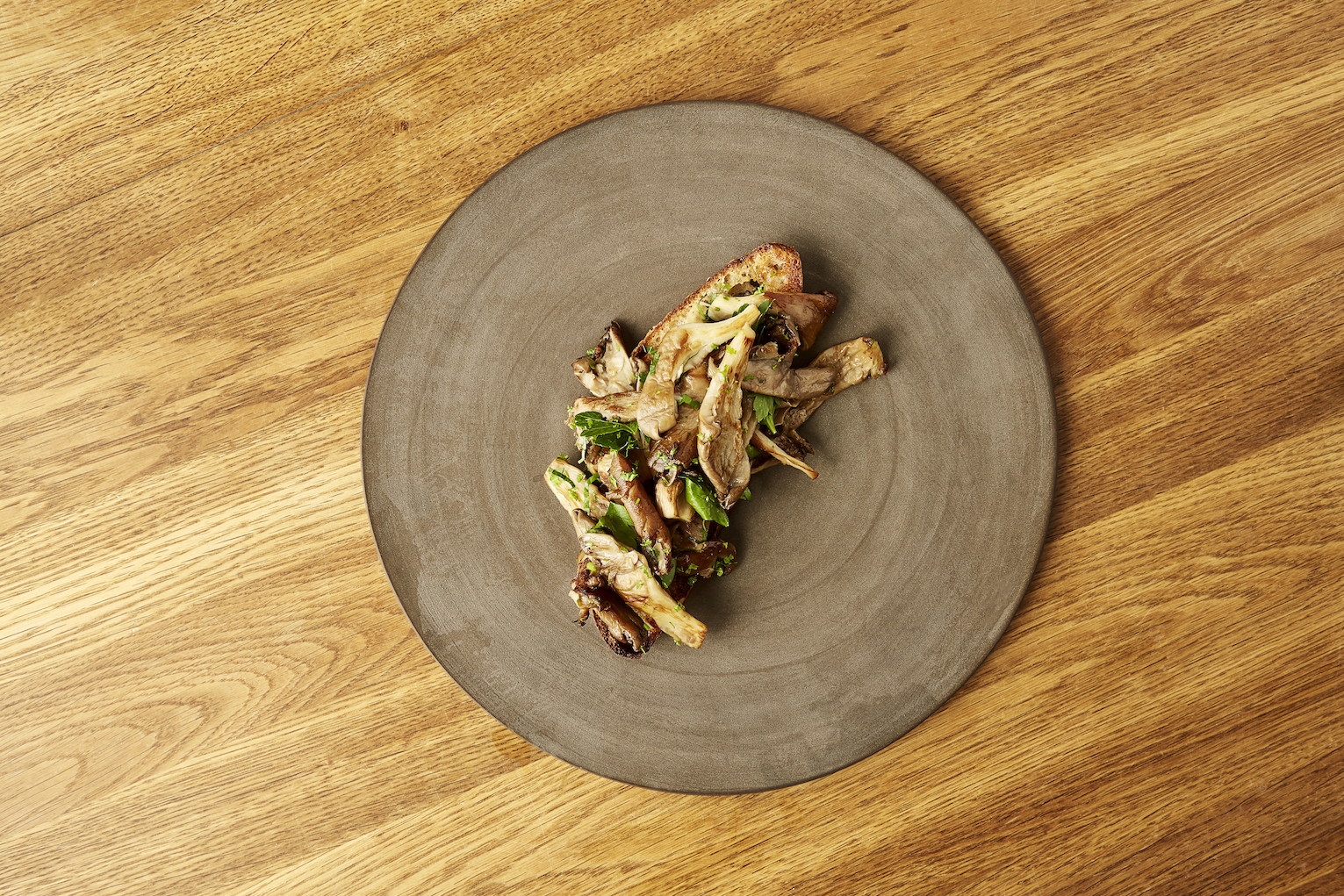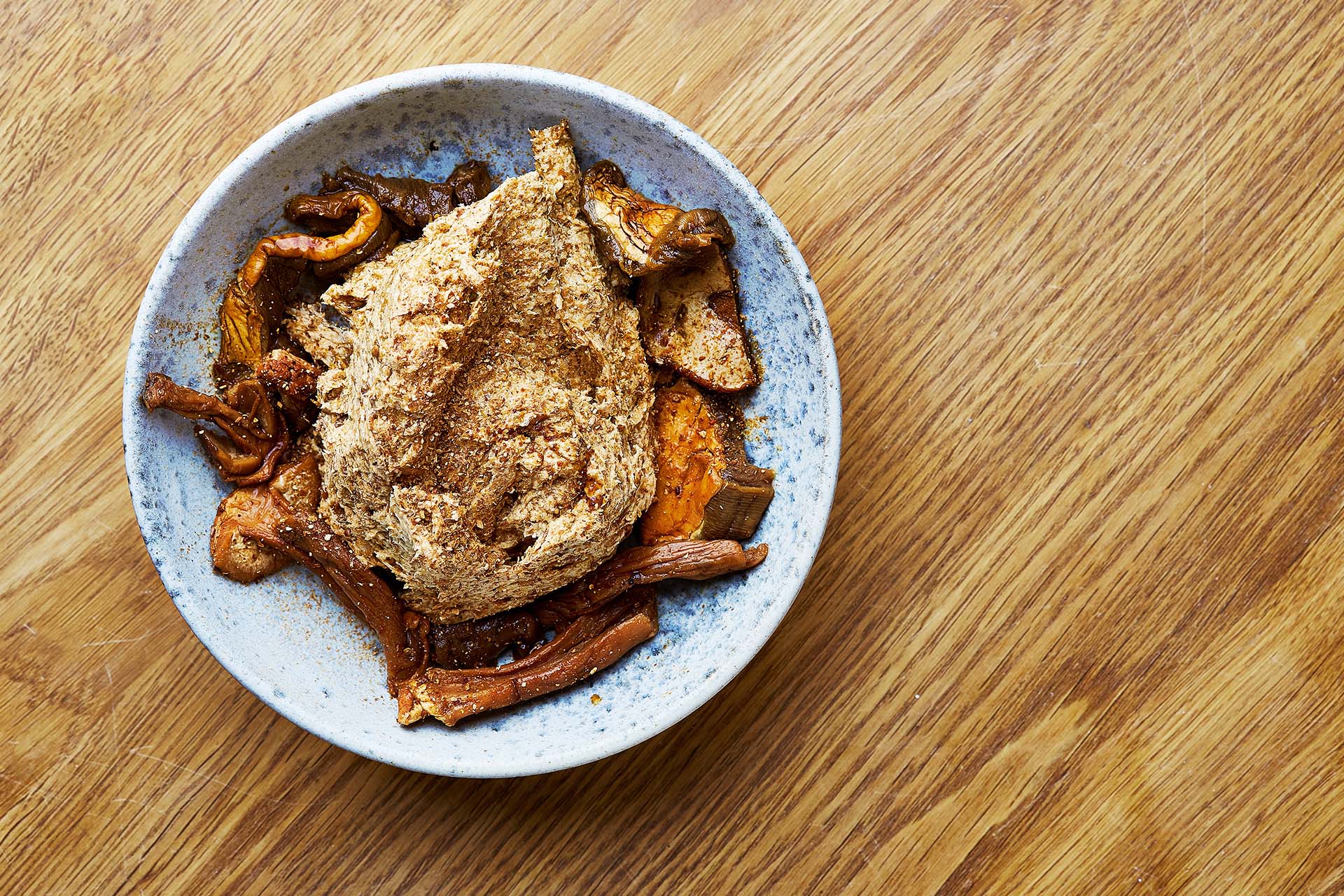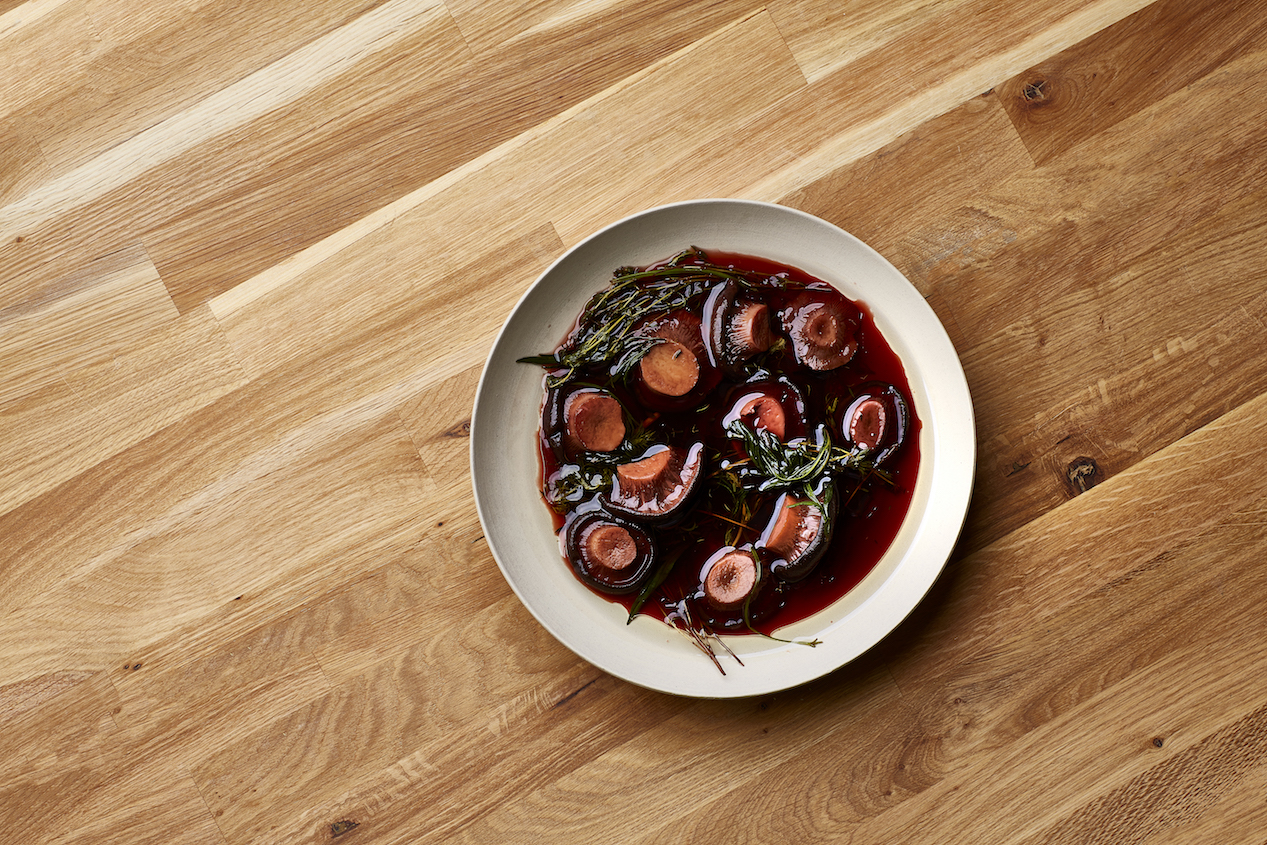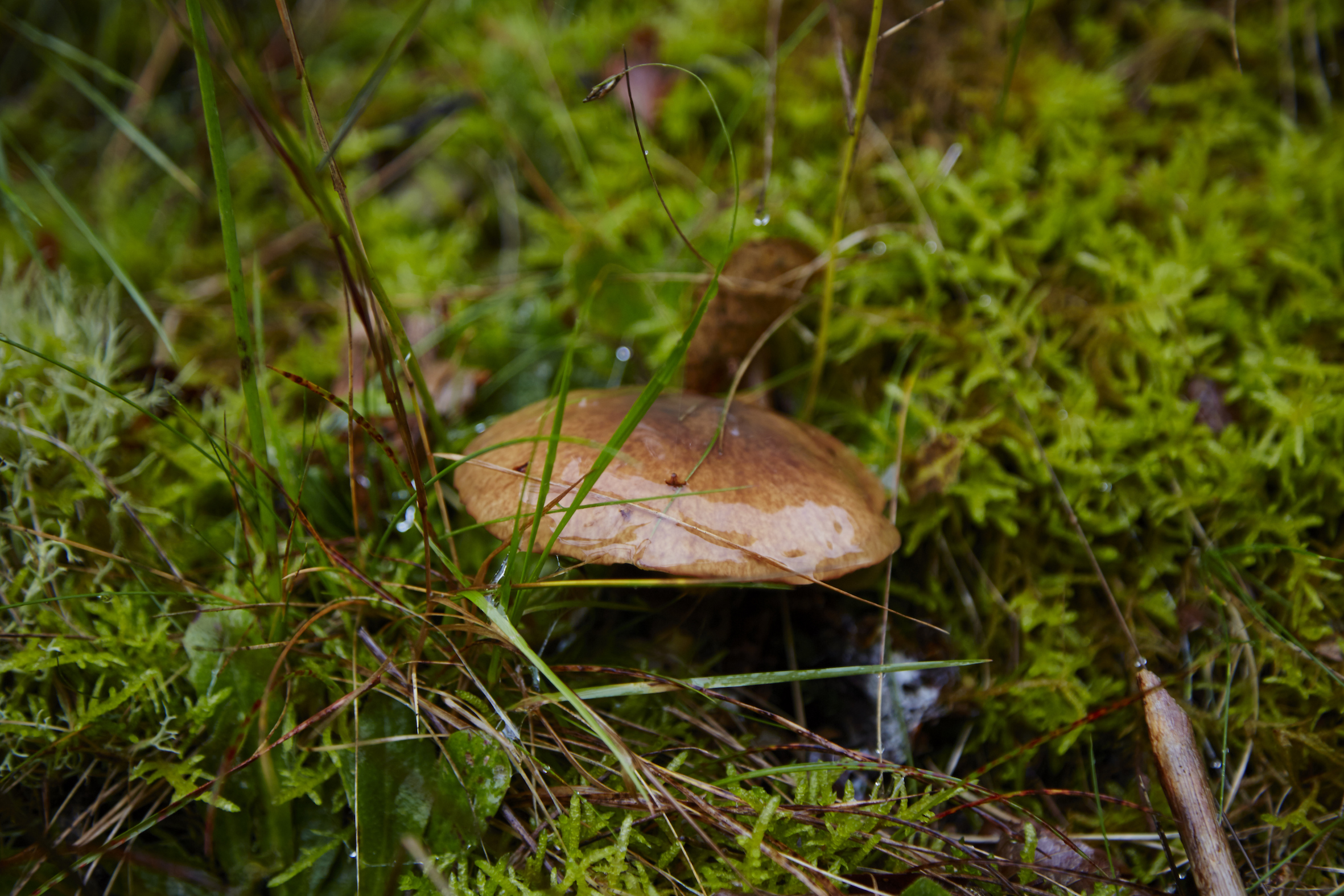
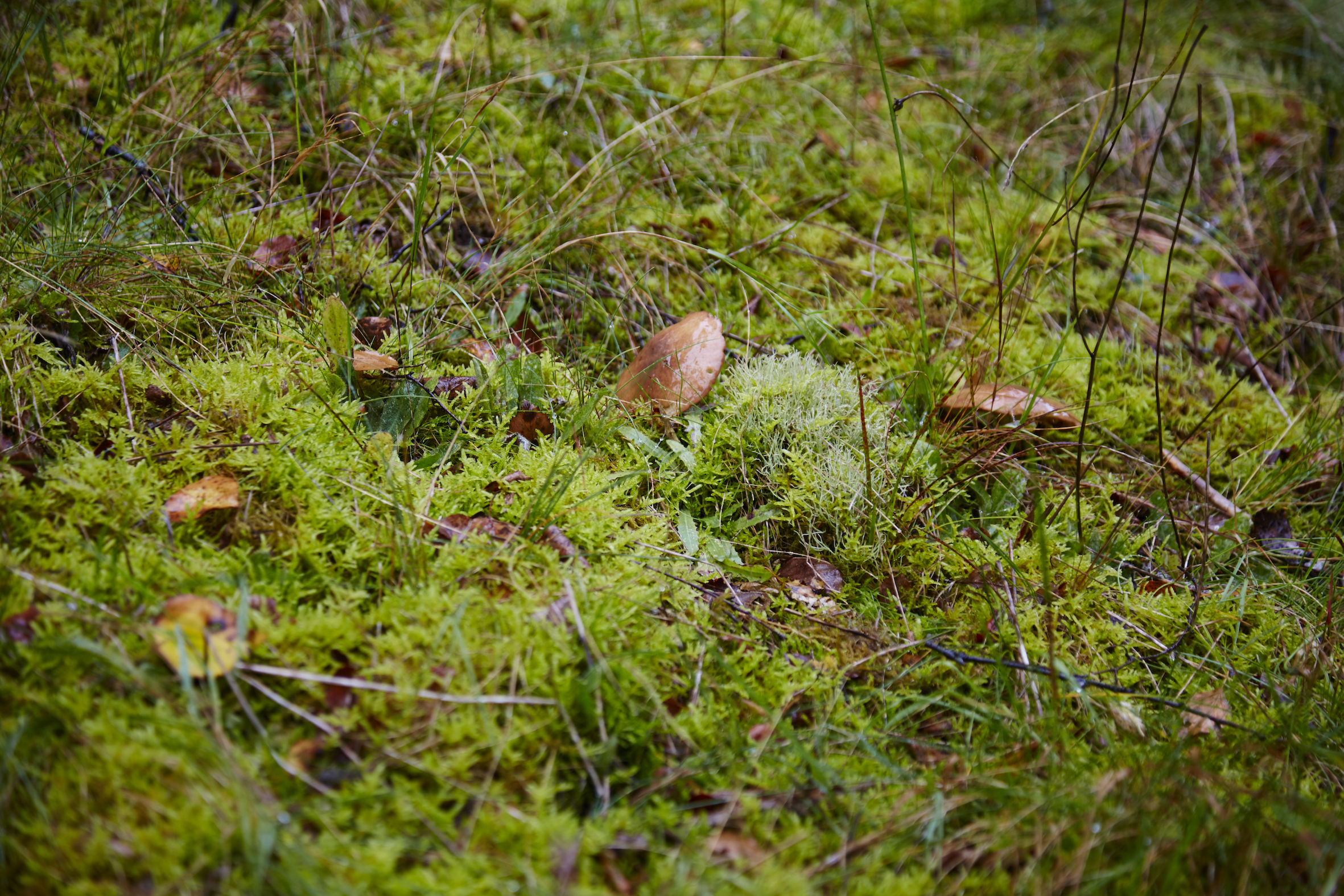
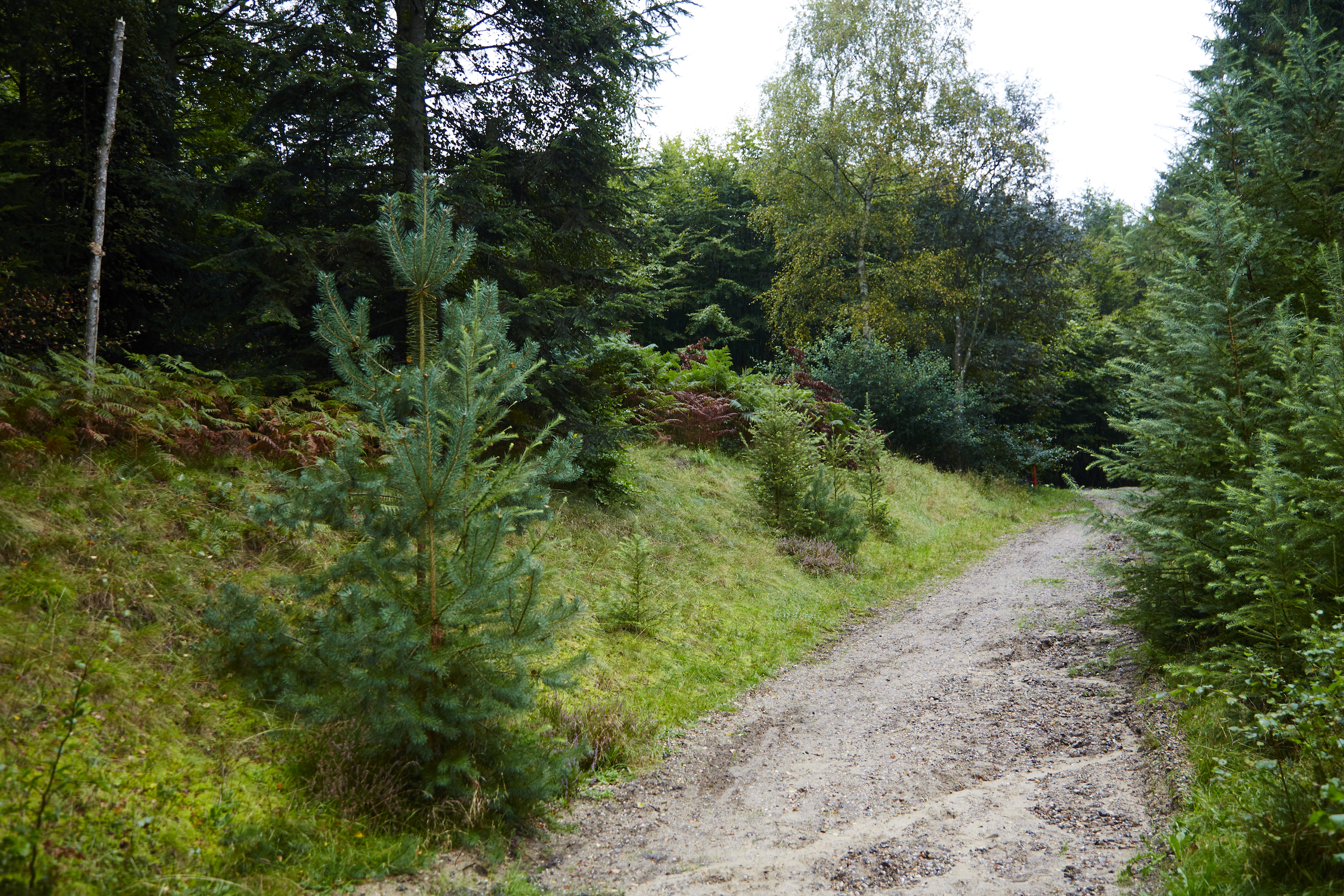
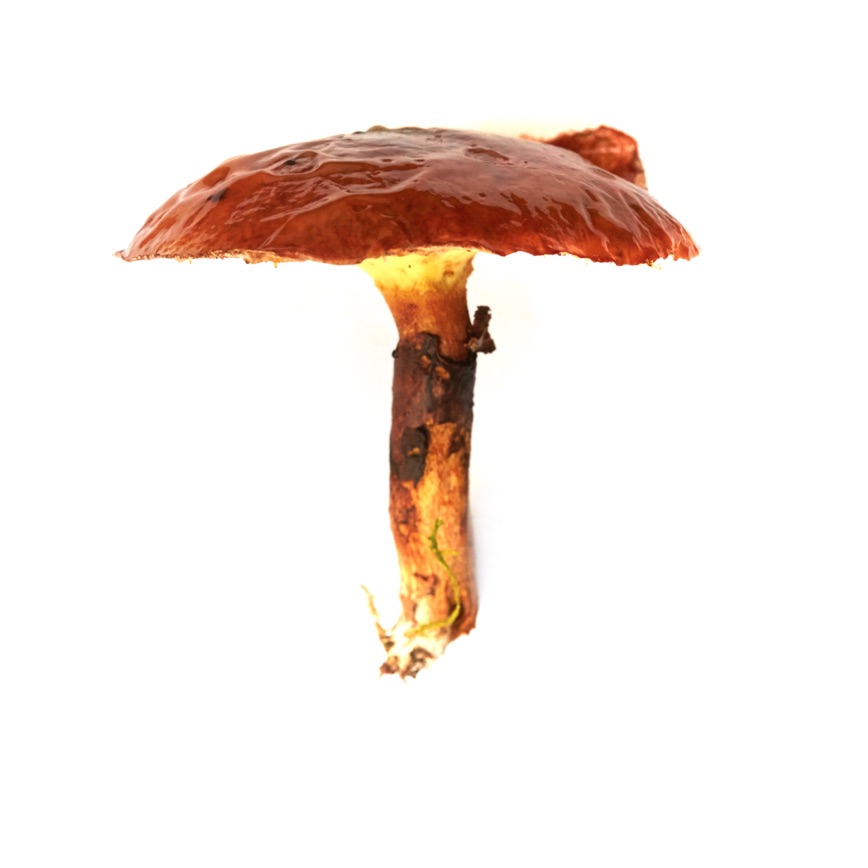
Slippery Jack
When found in nature, slippery jacks have a slimy surface, but if you peel off the top layer of cap skin, you'll have a very fine edible mushroom that grows abundantly.
-
Where to Find It
Slippery jacks frequently grow under pine trees, but if there are no pines around and there’s enough light, they will make do with spruce trees. They need somewhat sandy soil and optimal conditions—a sandy path running through a pine plantation is ideal. They stick close to the forest floor, so keep your eyes peeled. They grow in large communities, so once you've spotted one, you'll likely find many more in the vicinity.
Coniferous forests.
-
When to Find It
Slippery jacks fruit in October, but can be found as early as September and often into November. A warm, wet fall brings a great number of bolete mushrooms.
Entire mushroom: September, October, November.
-
How to Spot It
Slippery jacks can grow up to eight cm tall and have a slippery, dark brown cap between five and ten cm in diameter that gets lighter at the edges and can turn downright slimy in wet weather. Its yellow pores darken to brown with age, but the most defining characteristic of the slippery jack is the brownish-violet ring at the top of its stem. On young slippery jack mushrooms, the ring stretches like a veil from the rim of the cap to the stem, but as the mushroom grows, it will tear and hangs loosely around the stem. The mushroom's flesh is off white or pale yellow.
-
How to Pick It
Cut off the mushroom one centimeter above the ground and dust off the dirt with a small brush. You can also remove some of the dirt by slicing off the bottom of the stem with a knife. Snails and worms really like slippery jacks, so check the cut to see if the mushroom was attacked by vermin or if the flesh is even. Worms often attack only the stem and the middle part of the cap. The best slippery jack specimens will still have their white veil intact, and their flesh will be firm and springy. Never pick slippery jacks immediately after a heavy rainfall, as they absorb lots of water and become practically inedible.
Risk of misidentifying the plant
Slippery jacks can be mistaken for the bovine bolete, suede bolete, and weeping bolete—all of which are edible.


